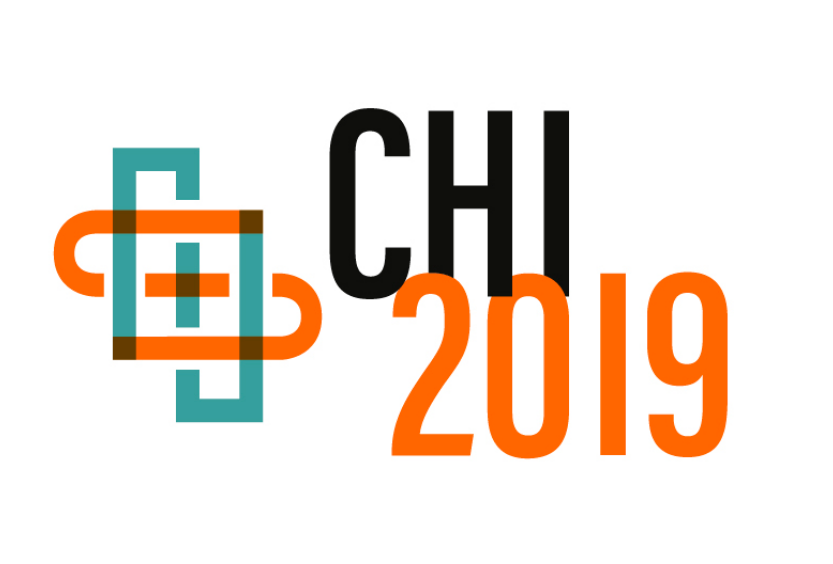I call one first author papers, and two second author papers a big success. See all the details below.
Effect of Orientation on Unistroke Touch Gestures
As touchscreens are the most successful input method of current mobile devices, touch gestures became a widely used input technique. While gestures provide users with advantages to express themselves, they also introduce challenges regarding accuracy and memorability. In this paper, we investigate the effect of a gesture’s orientation on how well the gesture can be performed. We conducted a study in which participants performed systematically rotated unistroke gestures. For straight lines as well as for compound lines, we found that users tend to align gestures with the primary axes. We show that the error can be described by a Clausen function with R 2 = .93. Based on our findings, we suggest design implications and highlight the potential for recognizing flick gestures, visualizing gestures and improving recognition of compound gestures.
Online, VR, AR, Lab, and In-Situ: Comparison of Research Methods to Evaluate Smart Artifacts
Empirical studies are a cornerstone of HCI research. Technical progress constantly enables new study methods. Online surveys, for example, make it possible to collect feedback from remote users. Progress in augmented and virtual reality enables to collect feedback with early designs. In-situ studies enable researchers to gather feedback in natural environments. While these methods have unique advantages and disadvantages, it is unclear if and how using a specifc method afects the results. Therefore, we conducted a study with 60 participants comparing fve diferent methods (online, virtual reality, augmented reality, lab setup, and in-situ) to evaluate early prototypes of smart artifacts. We asked participants to assess four diferent smart artifacts using standardized questionnaires. We show that the method signifcantly afects the study result and discuss implications for HCI research. Finally, we highlight further directions to overcome the efect of the used methods.
Investigating the Effect of Orientation and Visual Style on Touchscreen Slider Performance
Sliders are one of the most fundamental components used in touchscreen user interfaces (UIs). When entering data using a slider, errors occur due e.g. to visual perception, resulting in inputs not matching what is intended by the user. However, it is unclear if the errors occur uniformly across the full range of the slider or if there are systematic offsets. We conducted a study to assess the errors occurring when entering values with horizontal and vertical sliders as well as two common visual styles. Our results reveal significant effects of slider orientation and style on the precision of the entered values. Furthermore, we identify systematic offsets that depend on the visual style and the target value. As the errors are partially systematic, they can be compensated to improve users’ precision. Our findings provide UI designers with data to optimize user experiences in the wide variety of application areas where slider based touchscreen input is used.
